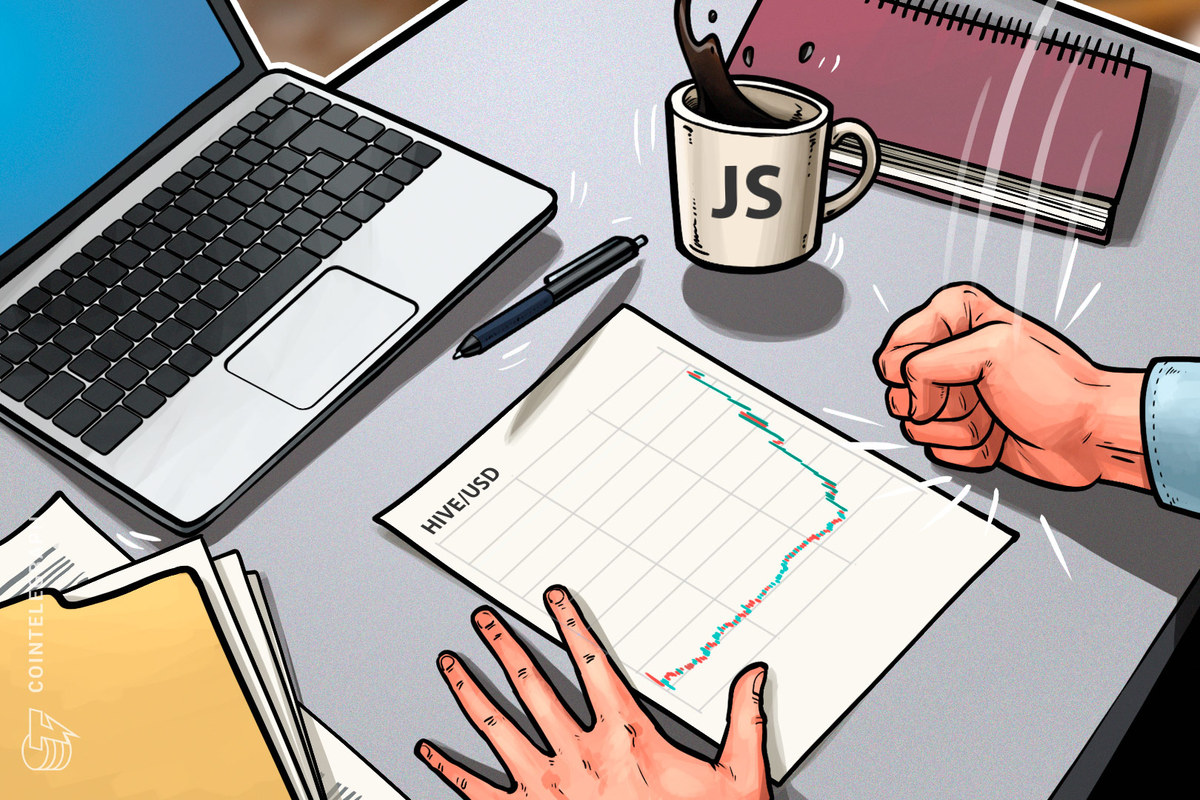The price of Hive (HIVE), a hard-fork of Steem (STEEM), has skyrocketed following its listing on Huobi.
The listing comes one month after Huobi and Binance mobilized customer funds to vote against the Steem community in favor of an apparent hostile takeover of the network, led by Tron founder and recent owner of Steemit, Justin Sun.
However, the exchanges claimed that Sun had misrepresented the nature of the event that they were voting on, and quickly withdrew the votes.
Shortly after, Huobi announced it would be distributing HIVE tokens to STEEM holders after the hard fork.
Huobi listing sparks HIVE parabola, outperforming STEEM
With Huobi now comprising 83% of HIVE’s total trading volume, the exchange has flooded what was previously a small market traded on Bittrex and a handful of tiny exchanges with liquidity — driving gains of more than 600% in over three days alongside an increase in volume of more than 20 times.
HIVE is now the 31st-largest crypto asset with a market cap of $285 million, and is trading for $0.80 as of this writing.

HIVE/USD: TradingView
By contrast, Steem is currently trading for nearly $0.18 and is the 68th-largest cryptocurrency with a market cap of $66 million.
Hive developer ‘has no problem’ with Huobi listing
Andrew Levine, Steemit’s former head of communications and current OpenOrchard CEO, recently discussed how he would feel about Huobi and Binance listing HIVE after their role in Sun’s attempted takeover of Steem.
“I have no problem with Hive being listed on those exchanges — you always want your tokens on exchanges, there are customers there, there are people who want your token — you want your users to have options,” stated Levine.
“I guess it plays into the question of what was the intent behind the actions? What was really going on there? Because, if there's no malicious intent, then you just go 'well, maybe they'll not do it again, who cares,'” he added.
“This situation was a fairly rare event. I mean, I think the worst-case scenario, which I'm not saying happened, is that Justin's Sun and the executives at these exchanges had too close of a relationship. And in this particular instance, that closeness led to these poor behaviors."
“I think most of us got into the blockchain space because we like this idea of an unregulated marketplace. And it's events like this that made me think, you know. ‘Well, this is kind of what you get,’ said Levine, adding:
“[The exchanges] are growing really fast. They're unregulated. They're unaccountable. I mean, [they] misappropriated custom customer funds — this would be a crime. But the reality is that it's going to be years before regulators even understand staking.”
‘Confusing’ governance model may have allowed takeover
Ultimately, Levine considers that the governance model underpinning STEEM may have also been to blame for allowing the attack to have occurred.
“I think the biggest lesson that I've learned from this is you really have to think about the complexity of your blockchain at the design phase, because, really the attack vector here was probably that STEEM power and the staking mechanism of STEEM, and the connection between staked STEEM and governance is too esoteric, too complicated,” he reflected.
“And so when you have exchanges out there where the executives are overseeing hundreds of tokens, each with their own crazy governance models, it should have been taken into account at launch, 'hey, people aren't going to understand the nuances of this.'”
“So I think we can put aside whether there was malicious intent there or not and say, 'you know what, it's probably too confusing’ — and that in and of itself is an attack vector that should be considered,” he concluded.


